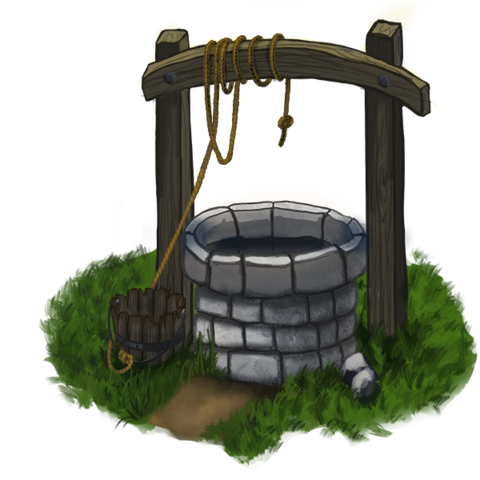Resilience is the ability to bounce back after a setback.
Some setbacks can be overcome easily, others take time. Why do some people bounce back quickly from an unexpected setback while others seem to get swallowed up?
Heaps of research has been done on what builds resilience. In short, the answer is - the more experience, the more resilience. But here's where things get interesting. It doesn't need to be your own experience. The people around you grow your resilience if you know their stories.
Amazingly, our brains do the same thing with stories we are told as they do with our own experiences. First, we receive the story. Then, we interpret the story. Finally, the interpreted story is stored with hundreds of emotional tags - good, bad, funny, angry, success, failure, happy, sad, lesson learned, random occurrence, etc.
Experience. Relationships. Stories. These three things combine to provide numerous memories of hitting bottom and getting back up. Sometimes quickly. Sometimes slowly. Resilience comes when a person encounters a setback and digs back in their memory - into their story satchel: "Is there a story that relates to this setback?" Our subconscious scans through the tags and says, "Aha! This is like that!" And we begin to make sense of this new struggle. Or, a storyless subconscious sends back, "Nope. Nothing to work with. This is a new low." This is when resilience is hardest.
As parents, it is important to tell stories of both successes and failures. When we share success stories, the point is implied: "I tried, I won!" When we tell struggle stories, the point (resilience) is made in the way we tell the story. It gives little hope to a child to hear, "I failed high school Maths because it was too hard." A resilient telling of the same occasion could be, "I failed high school maths because I was still learning. I had to get some help and practice lots. But then, when the next exam came, I was ready for it!" Or, in my case, I shift the focus (because maths and my brain are from different planets) and say, "Maths is really hard for me. But I love to write. When I was in high school, I did my best on the maths classes I had to take but I took lots of extra English classes because I love writing. I was even the yearbook editor in year 12!"
The important thing is to tell lots of stories. Failure is important. It shows our kids they can make it because we did. Kids who believe their parents are perfect believe their parents expect perfection from them.
Life is not about perfection, it's about connection. Build resilience in your children by blanketing them in story.
Significant Adults: Surround your children with well-storied people. Explain your goal to build resilient kids to these significant adults. Ask them to share stories with your children. Thank them for helping!
Storytelling Parents: Tell your children stories of your own. Your setbacks, struggles and successes will empower them to make wise decisions and to bounce back from whatever life throws at them.
Resilient Kids: Finally challenge your kids to build stories of their own. Overcoming small setbacks gets us ready to overcome big ones later in life.
The best way to build resilience in your kids? Surround them with stories. Their own, yours and the stories of people they love.




